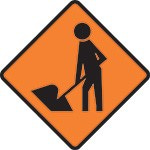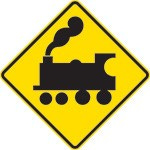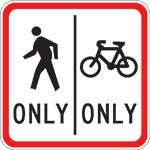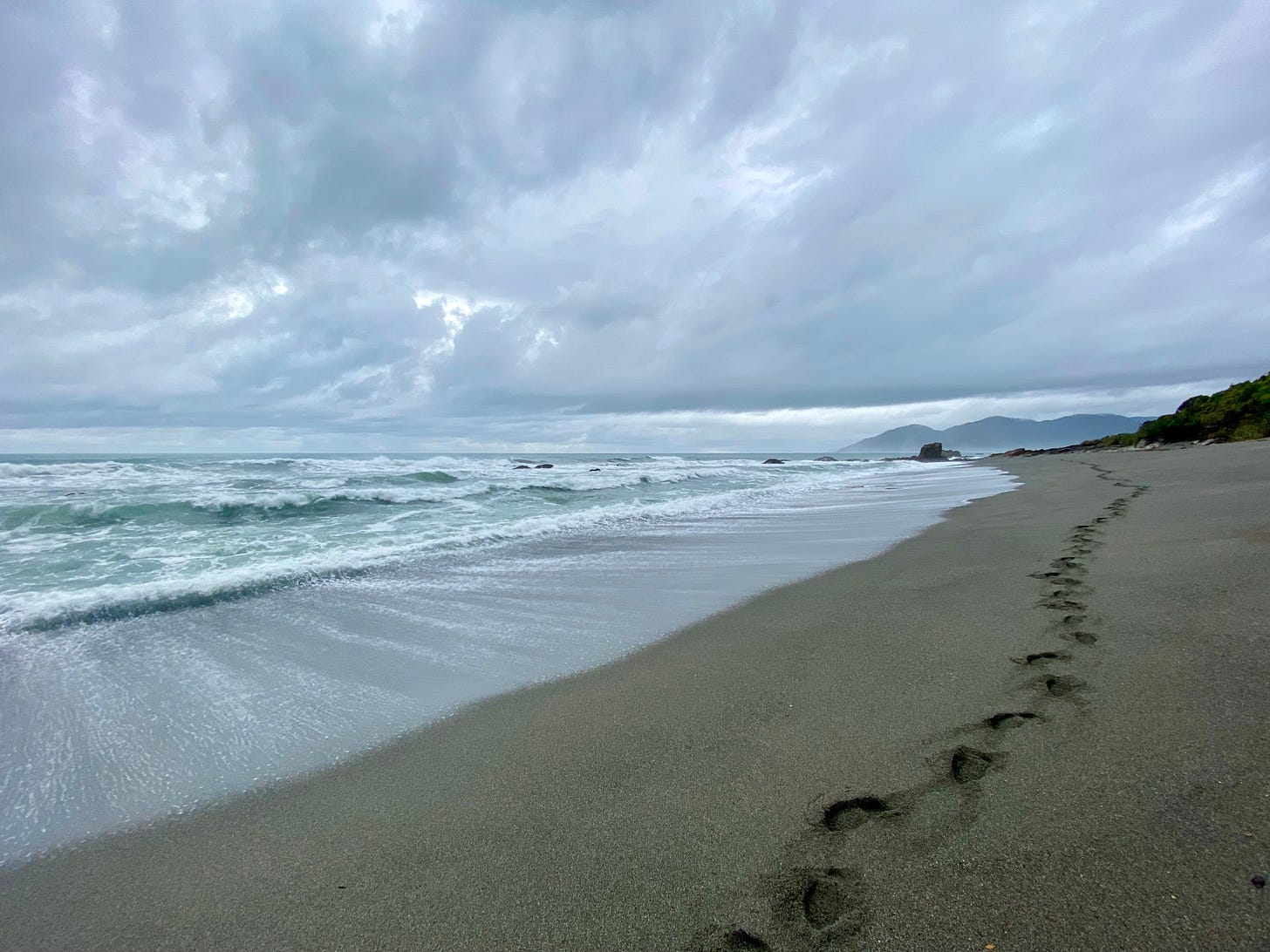Congestion pricing 2: Alternatives🍋
Congestion pricing is unpopular. But the alternatives face their own trade-offs
Dieter Katz’s post Congestion pricing 1: theory & history presented a thorough and solid background on a complex subject. Every hit needs a sequel, so I thought I’d explore the subject further.
Proposals for congestion pricing are typically highly contested, as Dieter noted. Many, perhaps most, proposals fail to attract and retain the political support necessary to proceed to implementation. Their detractors often point to alternative policies to deal with congestion, arguing those policies to be more attractive and effective. In this post, I’ll run through the main alternative policies, arguing that each faces its own trade-offs.
One problem, many policy solutions
Road congestion occurs when road capacity is insufficient, relative to demand. As a result queues form and travel times grow. People are adversely impacted: directly through travel-time costs, and indirectly as longer travel times increase the prices they pay for goods and services. Congestion reduces a place’s amenity and its productivity.
Commonly advocated “solutions” to road congestion include increasing road capacity, improving public transport, encouraging active modes, toll roads, higher parking charges, and providing real-time information.
Increase road capacity
Expanding capacity to meet demand can be very effective. It is especially effective if congestion is centred on a limited number of bottlenecks, and the capacity of those bottlenecks can be increased at relatively low cost. But once the low-hanging fruit of low-cost-to-fix bottlenecks has been picked, further reductions in congestion often comes with high price tags, especially around city centres where land and suitable engineering solutions (e.g. tunnels and fly-overs) are expensive.
Increasing road capacity will not necessarily reduce congestion by much if it induces additional demand. This can be latent demand (i.e. people who were deterred from travelling by road due to congestion) and generated demand (people who might move location to take advantage of the improved roading).
Improve public transport
Better public transport services (capacity, routes, frequency, travel times, lower fares etc.) increases uptake and can reduce road demand. However, public transport almost always requires public subsidies, and has its own congestion issues, even on dedicated corridors.
Importantly, buses — the dominant form of public transport in New Zealand — also share roads. Buses both create congestion and suffer from it. Public transport is no congestion panacea. Few remember Wellington’s creaking trolley buses fondly; I suspect they may well have created more congestion than they avoided.
Encourage active modes
Just about anything that gets people out of cars and off roadways has the potential to reduce road congestion. Scooters, skateboards, e-bikes, even kayaks can do the trick. That said, active modes work best over shorter distances, and New Zealand’s cities are low density rather than compact. Changing city density will be both slow and costly. Similarly, it can be very expensive to retrofit existing transport corridors with, for example, cycleways.



Increase parking charges
Parking dominates costs for most commuters driving into CBD. Parking costs around $20/day in Wellington and Auckland, versus approximately 34¢/km for the cash costs of driving.1 A surcharge or tax on city parking would discourage some from driving into cities, though it would not affect those driving through the city or those with access to private parking. Nor would it distinguish between those taking congested vs. uncongested routes. While in theory, the surcharge could vary with time of day, it would likely be a lot more crudely targeted than direct road pricing.
Build toll roads
Toll roads are common in many countries. New Zealand has a few, such as the Northern Gateway and routes around Tauranga.
Tolling has enabled projects to proceed even though they had a low priority if funded by the National Land Transport Fund.2 Modern toll roads identify registration-plate numbers using cameras, and payment collection is almost fully automated.
New Zealand legislation requires an un-tolled bypass for each toll road, to ensure users have a choice and are not dominated by a monopoly provider (either public or private). The availability of a zero-priced alternative route limits the travel-time-saved benefits of the toll road, thus constraining the tolls that road users are willing to pay. This makes it very difficult for toll roads to be self-funding.
Better real-time information
Better information can help road users avoid congested times and or routes. For example, an economic analysis of Google Maps claimed that it had reduced driving times in Auckland in 2015 by 8% on average, and public transport travel times by 13%. While the effects of Google Maps and its competitors are already baked into existing congestion levels, better algorithms or data could lead to further improvements.
Complements or substitutes?
These alternative policies are attractive for a variety of reasons. They can, and do, make a difference to congestion levels. But all are subject to trade-offs and diminishing returns.
While alternatives are typically presented as substitutes for congestion pricing, I think they are best considered as complements. For example:
Better real-time information, for example, would allow users to make informed decisions to lower their total costs (i.e. travel-time costs plus charges) in a system with time-varying congestion prices.
Data collected to operate congesting-pricing systems can inform better road upgrade decisions, and the funds collected can be used to pay for upgrades.
Congestion pricing for private vehicles will likely reduce bus travel times, making bus travel more attractive.
Congestion pricing will push price-sensitive users towards public transport and active modes.
As populations grow and demand increases, at some point congestion pricing becomes the best choice amongst all reasonable alternatives.
In a forthcoming post, I’ll address how to design a congestion pricing scheme to increase its political acceptability and effectiveness.
By Martin Rosevear
Further reading:
Congestion pricing 1: theory & history by Dieter Katz
Jones (2014) Congestion Management for China’s Transit Metropolis Cities.
IRD rates for cash costs of travel.
The NLTF collects funds from the petrol levy, road-user charges and vehicle registrations. Collection costs are low — approximately 1% of income.









Shouldn't some of these "alternatives" be considered in tandem with congestion pricing? For example, public transport. It could be a "safety valve" for congestion pricing by providing an alternative and effective transport mode, and could even be "subsidised" by the funds generated by the pricing model. I travel on public transport, and there is a busway just around the corner. At peak times those double deckers can be carrying 20-40 people. Are they being subsidised, or are they actually the heroes of the game who are freeing up road space to car-borne commuters (since they might otherwise be using that road space to get to work)? There have been many occasions when I have been on a single decker jam packed with commuters. Rather than deriding them as subsidy receivers let's laud them for being prepared to open up a bit of road space for the car-borne commuters!